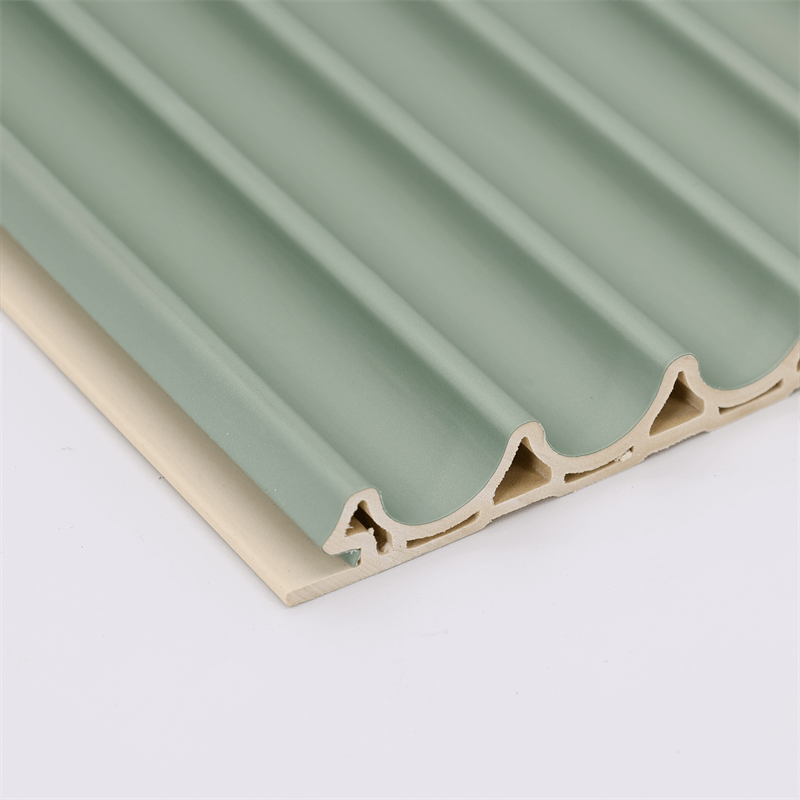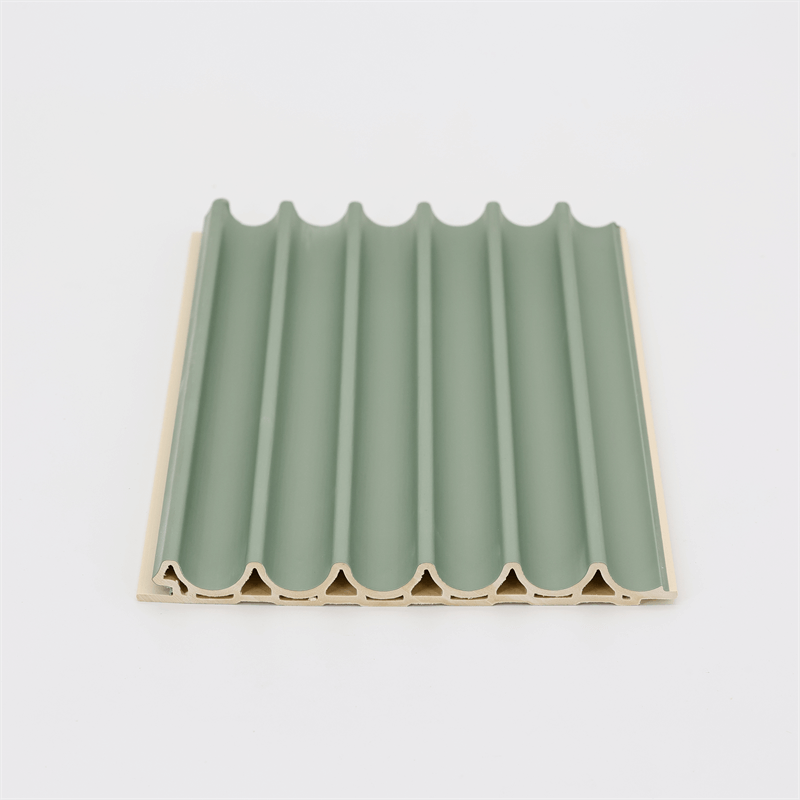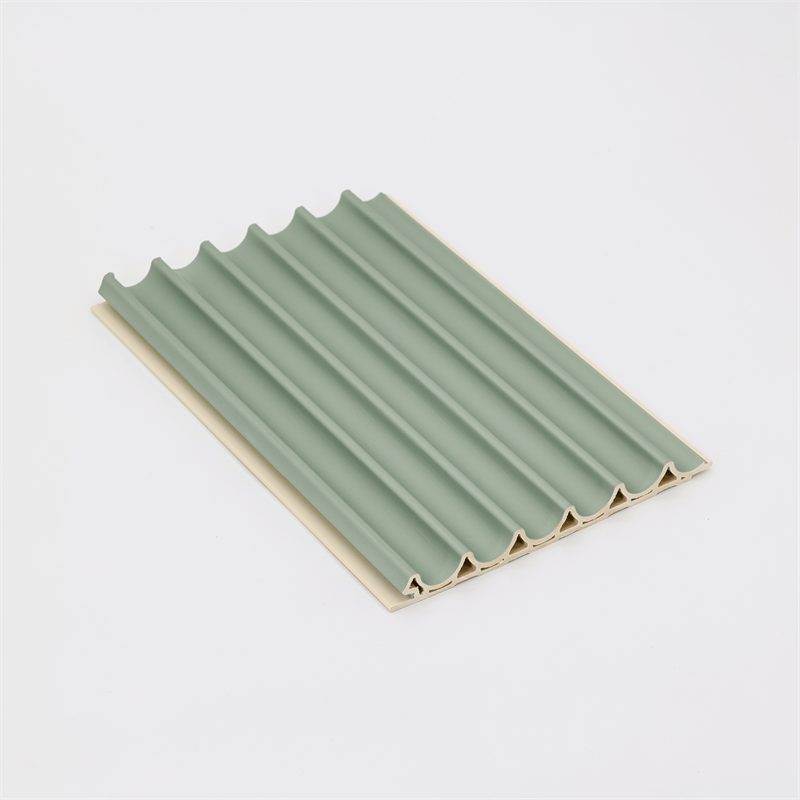In recent years, the world of interior design has witnessed a remarkable shift towards sustainable and eco-friendly materials.
Wood Plastic Composite (WPC) wall panels have emerged as a revolutionary solution, combining the natural aesthetics of wood with the durability and versatility of plastics.
This essay explores the significance of WPC wall panels in shaping the future of interior design, discussing their benefits, applications, design possibilities, and environmental impact.
I. Benefits of WPC Wall Panels
WPC wall panels offer a range of advantages that make them a preferred choice in modern interior design.
Firstly, they are highly durable, resistant to moisture, and have a longer lifespan compared to traditional materials.
This durability makes them ideal for high-traffic areas, such as commercial spaces or family homes.
Secondly, WPC panels are low-maintenance, requiring minimal cleaning and upkeep.
They are also resistant to fading, staining, and warping, ensuring that they retain their beauty over time.
Additionally, WPC wall panels are available in a variety of colors, textures, and finishes, providing designers with endless possibilities for customization.
Whether the desired look is rustic, contemporary, or traditional, WPC panels can be tailored to suit any aesthetic preference.
II. Applications of WPC Wall Panels
WPC wall panels find application in various interior spaces, revolutionizing the way we design and decorate our homes, offices, and commercial establishments.
These panels are commonly used in living rooms, bedrooms, kitchens, and bathrooms, creating a warm and inviting ambiance.
The versatility of WPC panels allows for their installation in various ways, including vertically, horizontally, or in innovative patterns, adding depth and character to any interior space.
Moreover, their lightweight nature makes them easy to install, reducing time and effort during the construction or renovation process.
In commercial spaces such as hotels, restaurants, and retail stores, WPC panels offer a combination of durability and visual appeal,
making them an excellent choice for designers seeking long-lasting and stylish solutions.
III. Design Possibilities with WPC Wall Panels
The design versatility of WPC wall panels allows interior designers to unleash their creativity and transform ordinary spaces into stunning works of art.
These panels can be easily customized to match different architectural styles, from contemporary to rustic or traditional.
With a wide range of colors, textures, and patterns available, designers can create visually appealing focal points, accent walls, or entire room coverings.
The interlocking system of WPC panels enables seamless installation, allowing for smooth, uninterrupted surfaces that enhance the overall aesthetic appeal.
Additionally, WPC panels can be combined with other materials such as glass or metal to create unique and striking designs that capture attention and create a memorable impression.
IV. Environmental Impact of WPC Wall Panels
One of the key advantages of WPC wall panels is their positive environmental impact.
These panels are manufactured using a blend of wood fibers and recycled plastics, reducing the demand for virgin materials and diverting waste from landfills.
By choosing WPC panels, designers and homeowners contribute to the conservation of forests and reduce carbon emissions associated with traditional wood products.
Moreover, WPC panels are recyclable, ensuring their sustainable life cycle from production to disposal.
Unlike conventional wood panels, WPC panels are resistant to decay, pests, and rot, reducing the need for chemical treatments that can harm the environment.
The use of sustainable materials like WPC panels aligns with the principles of green design and promotes a more eco-conscious approach to interior design.

WPC wall panels have emerged as a game-changer in the field of interior design, offering a perfect blend of aesthetics, functionality, and sustainability.
The benefits of WPC panels, including durability, low maintenance, design versatility, and environmental friendliness, make them an ideal choice for modern interiors.
As the world continues to prioritize eco-conscious practices, WPC wall panels are expected to gain even more popularity, shaping the future of interior design with their innovative solutions.
By embracing this sustainable material, we can create beautiful and harmonious spaces while minimizing our impact on the environment.
The versatility and longevity of WPC panels make them a cost-effective and visually appealing option for designers and homeowners alike, paving the way for a greener and more stylish future in interior design.


